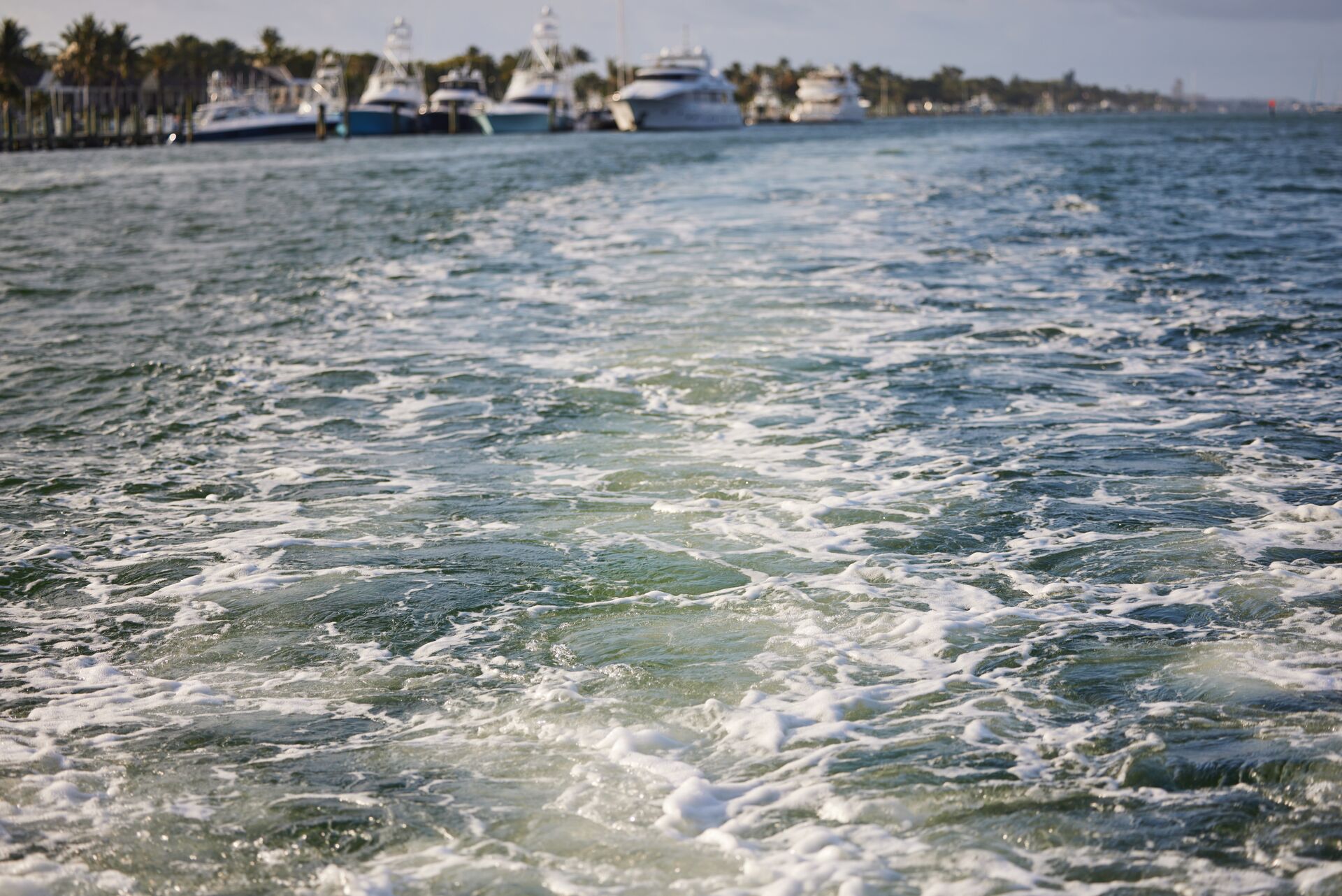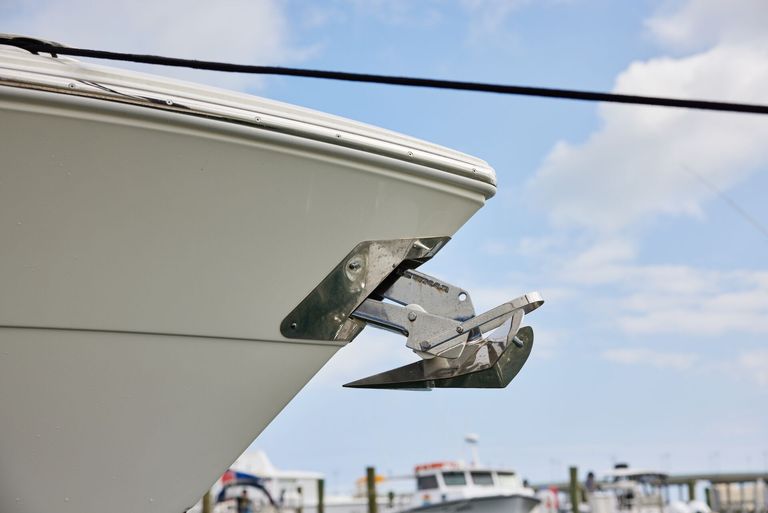Myths (and Truths) About Rip Currents

If you spend time around the water, it's important to understand rip currents, how they work, and what to watch out for so you can spot them. These currents are powerful, narrow channels of fast-moving water that can drag swimmers away from the shore, and they're not always easy to see at first glance.
Not only that, but they can be deadly. It's vital to acknowledge the danger of currents and respect any warning signs or lifeguard instructions. By doing that, you'll protect yourself more efficiently and reduce your chances of needing to make an emergency call for help. Good knowledge of these currents may also help you protect others from harm.
Here are a few of the biggest myths and truths about a rip current.

Myths About Rip Currents
Not everything you hear about how these currents work is accurate. Whether it's someone talking about a friend who was caught in a current or information you read online, it's essential to consider the source and verify the data.
You might be surprised how many myths about currents are out there. Here are a few of the most common.
Myth: They Only Occur in the Ocean
This is a widespread misconception about the way a rip current works.
While they might be more commonly seen or noticed in the ocean, they can occur in any large body of water, including lakes and rivers. Therefore, it is important to watch out for them when swimming or fishing near the shore.
Myth: You Can Always See Them
A rip current is often visible from the shore, but not always.
Waves can disguise them, or they may look like choppier or dark water. When you know what to look for, of course, they're easier to spot, but it's important to remember that you might not always notice them. That's especially true when the tide changes, as this can disrupt what you see.
Myth: Once You're Caught, There's No Escape
These currents can seem scary and dangerous, but being caught in one doesn't mean you can't get away again.
They're powerful but not designed to pull you under the water like many assume. If you get caught in this current, you want to stay calm and swim parallel to the shore to free yourself.
Myth: Floatation Devices Always Keep You Safe
While a floatation device is helpful, it isn't foolproof.
To get out of one of these currents, you need to combine the help of a lifejacket with solid swimming techniques and a good understanding of how a rip current works. When you have a combination of measures to protect yourself, you're far less likely to end up in a dangerous situation or have trouble getting away again.

Truths About Rip Currents
Just like there are plenty of myths about rip currents, there are also many truths to consider. Knowing what's true is vital to keeping yourself safe, spotting problems before they start, and watching out for loved ones and others when enjoying the water.
Next, we will mention a few truths about rip currents to help keep you safer and increase your peace of mind.
Truth: These Currents Can Be Forecast
Meteorologists and beach authorities use various tools and techniques to forecast currents, and that helps protect beachgoers. Whether you're playing on the beach and swimming or anchored in a boat and close to shore, you can get information about currents ahead of time.
Currents may be more common at certain times of the year, so pay attention to seasonal boating changes if you fish from your boat or jump from it to swim.
Truth: They Aren't the Same as Undertows
Many people confuse these currents with undertows, but they're different.
An undertow is a specific type of current that pulls you underwater, while a rip current pulls you further from the shore. It might feel like it's tugging and pulling you, but you should be able to keep your head above water easily.
Truth: You Can Learn to Identify These Currents
You can usually identify a rip current by looking for areas of choppier water, color differences, or areas where the waves aren't breaking the way they should.
Knowing what to look for gives you valuable information on where it's safe to swim and play and what areas of the water you might want to avoid.
Truth: These Currents Change Strength and Location
A rip current is fluid and dynamic and can change quickly. It might suddenly become stronger or weaker and disappear from one place only to reappear in another.
Even if you're a strong swimmer who's been to the beach or out on a boat a lot, these currents can still surprise you. Staying vigilant and navigating changing conditions is essential.

Boater Education Helps You Stay Safe On (or In) the Water
We hope these busted myths and informative truths help you understand rip currents better!
A boating safety course is one of the best ways to protect yourself and others from things that can go wrong on (or in) this water this season. You'll learn a lot of valuable information about the water, and you can take that knowledge with you on all your adventures in the warmer months.
The peace of mind that comes with learning about safety is well worth the time you'll spend taking an online course from BOATERexam. Plus, our courses are learn-at-your-pace and convenient to take on a computer or mobile device when connecting to the internet.
So, before you hit the water this season, get boating safety certified! In the U.S., find the course for your state. For boaters in Canada, choose our Canada-approved course.



